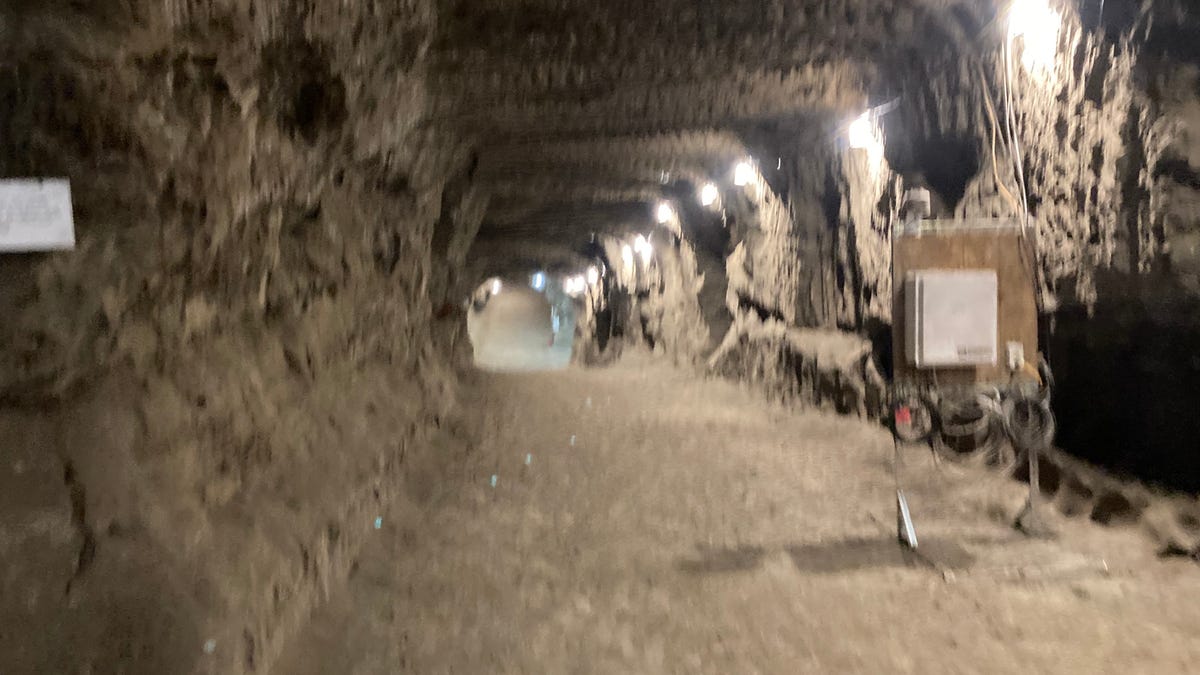Climate change is expected to result in more intense heatwaves, according to experts at the World Meteorological Organization. The phenomenon is linked to global warming, with rising temperatures in the Arctic due to climate change catching the eye of federal government scientists, medical professionals, and Pentagon officials. Lying dormant in the Arctic permafrost, deadly pathogens may become the latest threat posed by climate change.
The potential release of these long-dormant pathogens has raised significant concern. These disease-causing organisms have been trapped for centuries in frozen ground across the Arctic region, including parts of Alaska, Canada, and Russia. The effects of climate change have been especially pronounced in the far north, with temperatures increasing at a rate two to four times higher than the global average.
The stakes are high, with sea lanes opening up in the Arctic due to global warming, and geopolitical tensions increasing due to competition from countries such as China and Russia. The Pentagon has responded by deploying more troops and warplanes to Alaska, conducting large-scale military exercises, and increasing its focus on Arctic security and the protection of U.S. interests.
The warming temperatures across the world could lead to the release of a myriad of microbes, the impact of which on humans, plants, and animals remains largely unknown. There are concerns among researchers that the release of these pathogens from the ice could pose a threat to the health of military personnel operating in the Arctic, where winters can still be extremely harsh.
There’s a significant research gap when it comes to understanding the potential hazards posed by these released pathogens. Most of what may be unleashed from the permafrost has been stable for up to 1,000 years, making it a topic of interest for permafrost experts, microbiologists, virologists, data scientists, and clinicians.
Despite evidence of the release of deadly pathogens from thawing carcasses of animals, such as anthrax, researchers are cautious about making panicked assumptions about the dangers of these microbes. While it is unlikely these pathogens will result in catastrophic events similar to COVID-19 or a “zombie bug,” further research is vital to understand and respond to the potential threat they pose.
Overall, the message from experts is clear – the focus should be on closing the technical gaps in scientific knowledge about the situation, rather than jumping to speculative conclusions about potential dangers from these long-dormant microbes.


